To be able to transport temperature-sensitive products, trucks and trailers must be able to keep a consistent temperature regardless of the outside weather and windchill. In hot weather, a unit must be able to cool, while in very cold weather a unit might need to heat the consignment.
A reefer is a truck or trailer which has a refrigeration unit and a thermostat.
Also called chiller trucks, they can be small class 1 trucks right up to the largest combination vehicles. Reefers come in two types of body: box body (or hardside) and curtainsider. Box body reefers have more natural insulation. Curtainsiders run insulated curtains, which are harder to slide backwards and forwards, but make up for the loss of thermal mass. Curtainside reefers, as standard benefit from being able to be loaded and unloaded from both sides along the length of the deck, as well as from the rear. However, custom bodies can be ordered, like this one from T&G.
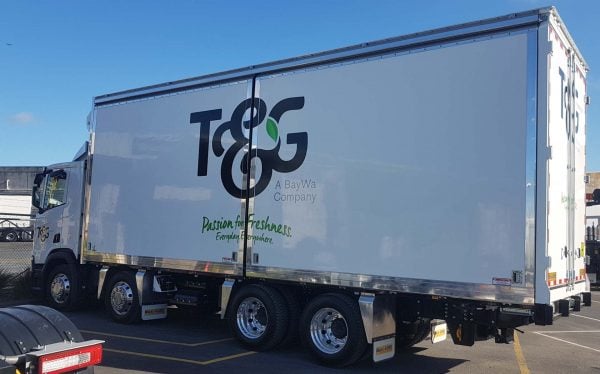
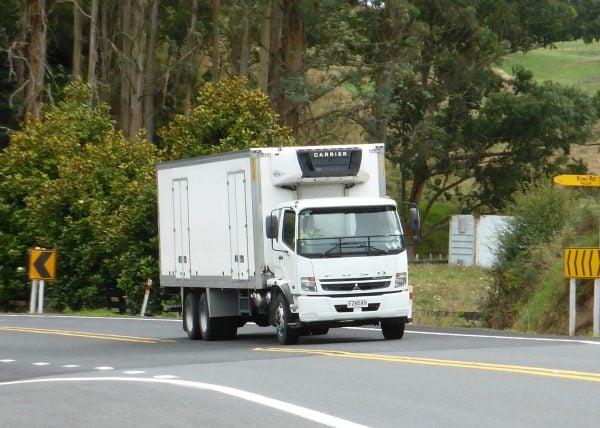
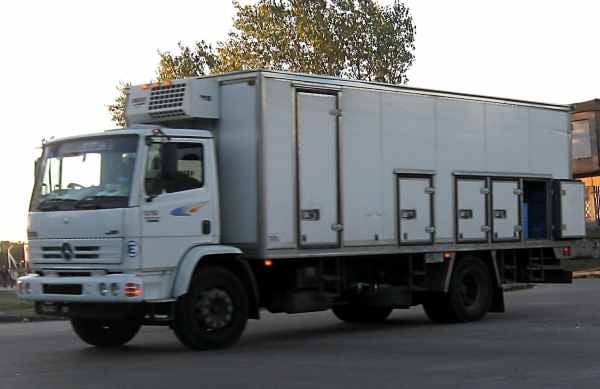
The refrigeration unit sits at the front of the semitrailer or pull trailer, or above the cab in a truck. To connect the trailer to the truck or tractor unit, the driver must understand how to couple a truck and trailer or semitrailer.
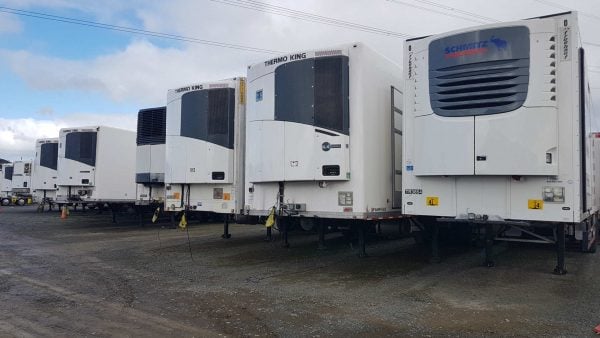
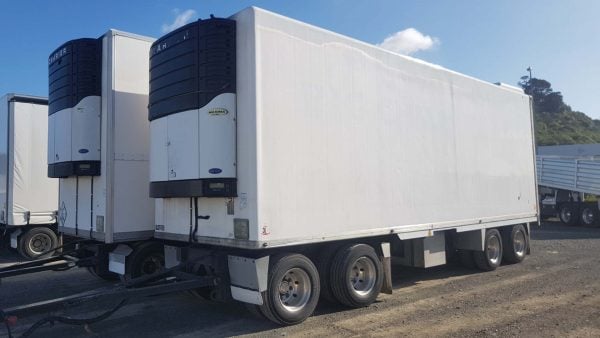
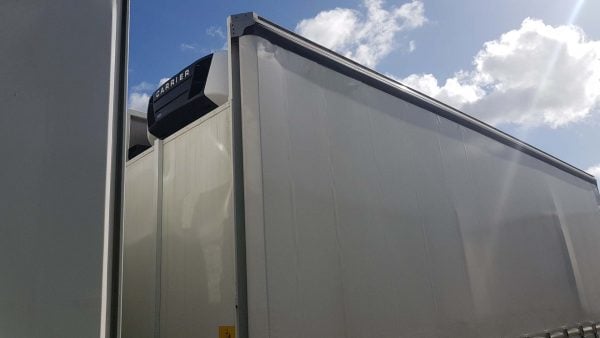
Reefers have a control panel to set the temperature and monitor the load. The driver sets the thermostat well before they reach their pickup point so that the chiller has time to adjust the load space to the correct temperature.
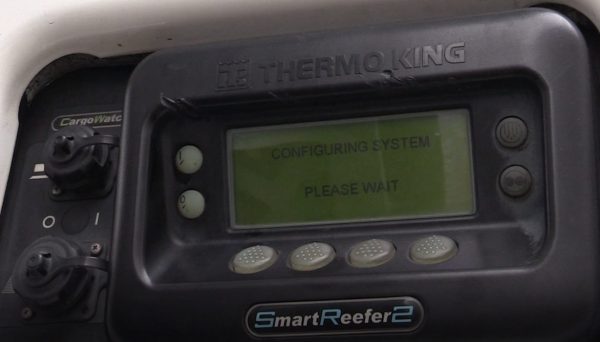
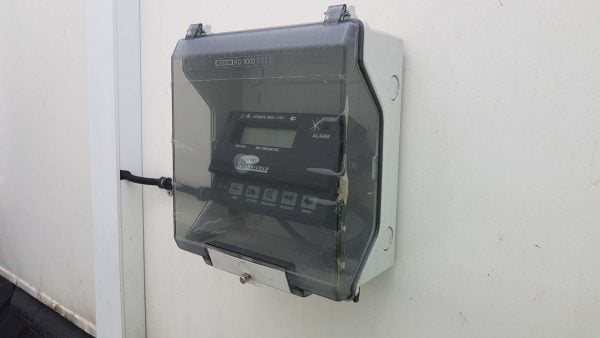
The driver will wait until the last minute to open the doors or curtains, so as to maintain the temperature inside. The vast majority of chilled trucks and trailers are white because they reflect the most heat, meaning the chiller doesn’t have to work so hard.
Fuel for the chiller unit is contained in a tank underneath the trailer. These typically allow up to a few days of continuous operation, depending on the difference between the outside and inside temperature.
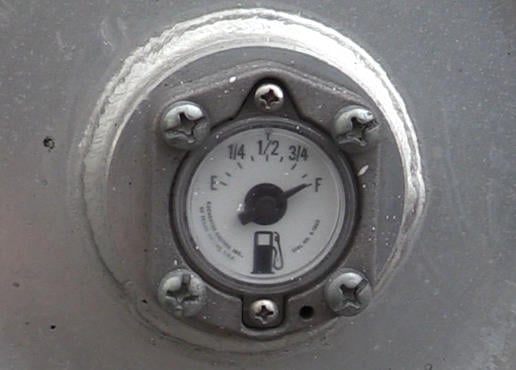
Within the trailer, the floor has channels to allow air to circulate. The cool air is introduced from the front, near the chiller unit – you can see the vents at the top of the bulkhead, below.
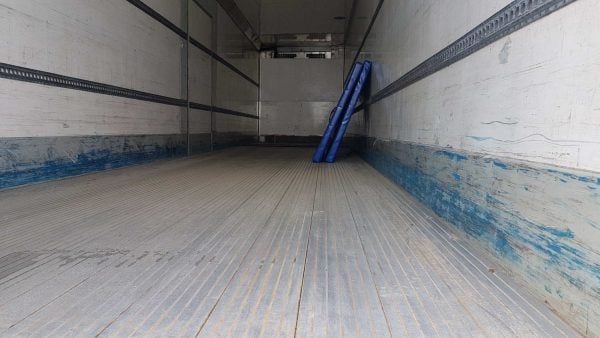
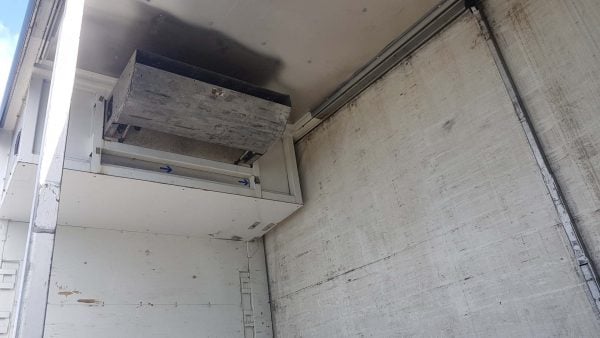
Dual temperature reefers are available, as are double-stacking reefers that have a mezzanine floor so that produce that can’t be stacked too high can be transported more efficiently.
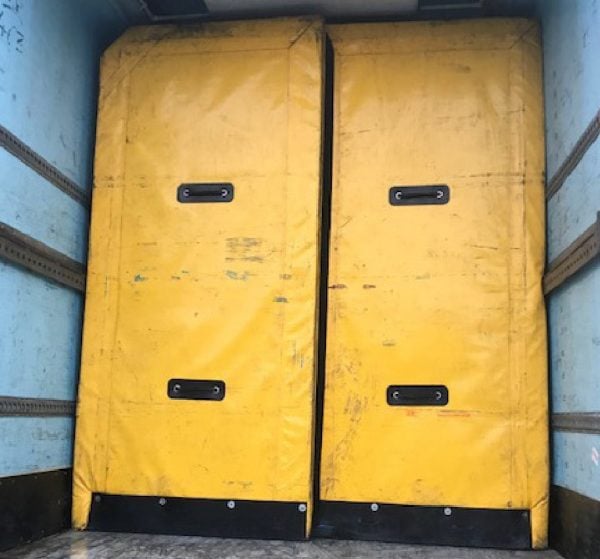
As refrigerated loads are often delicate or fragile, it pays to have good quality air suspension. The trailer should be cleaned out between loads so that it doesn’t smell or go mouldy.
Chilled trucks have rubber seals on the doors to keep the cool air in and the warm air out.
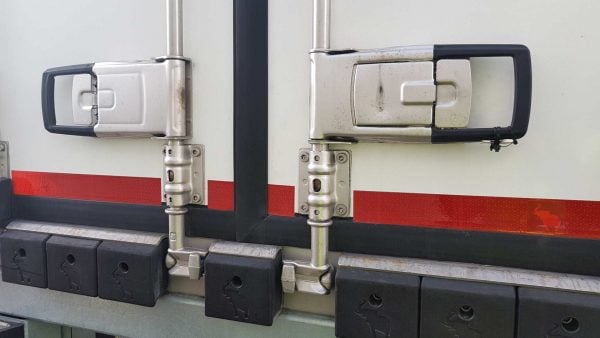
There are refrigerated containers, too. These sit on skeletal or flatbed trailers.
To find out how to load reefers correctly, this online load restraint course has a dedicated module for refrigerated trucks and trailers.

